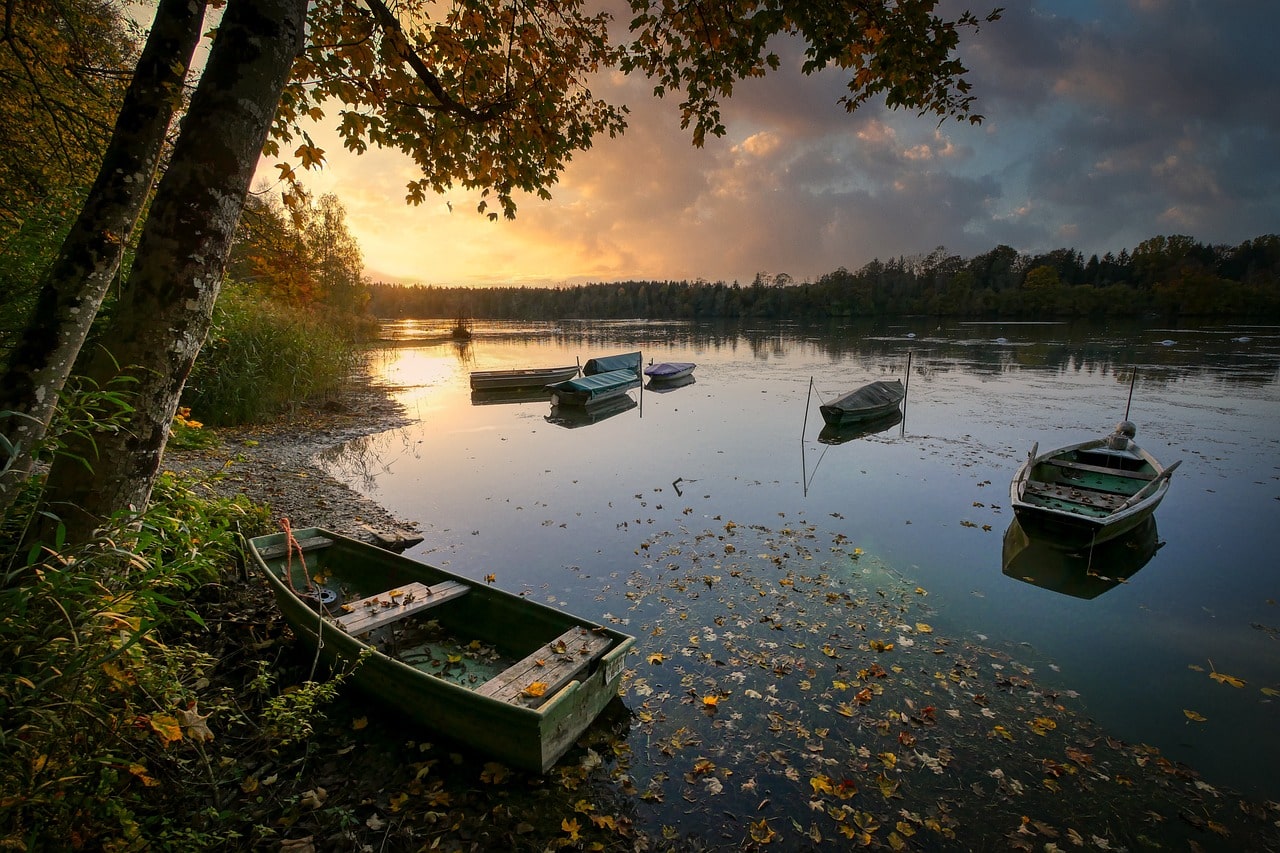Nestled in Eastern Oregon, Malheur Lake is a marvel of nature’s design. This body of water is ever-changing, fluctuating in size from merely a trickle to a sprawling 125,000 acres. Known as a ‘playa’ lake, Malheur Lake blankets an ancient dry lake bed with its temporary presence. Positioned approximately 25 miles southeast of Burns, this lake is a focal point of the renowned Malheur National Wildlife Refuge (MNWR), a vital haven for various water-dwelling bird species. Embracing over 185,000 acres, the MNWR is a crucial pit stop for more than 250 bird species during migration seasons. While trumpeter swans call this refuge their permanent residence, sandhill cranes, egrets, and great horned owls find solace here for nesting. Spanning across the Pacific Flyway, the MNWR hosts a diverse array of bird species and a rich tapestry of 58 mammal species roaming its grounds. Malheur Lake boasts an assortment of fish species, such as common carp, redband trout, and mountain whitefish, among others, offering a bountiful food source for the avian inhabitants.
However, the invasion of carp from Europe has disturbed the lake’s ecosystem, jeopardizing the delicate balance of the environment. Measures are being implemented to mitigate the influence of these invasive fish and safeguard the refuge’s ecological harmony. Fed by the Blitzen River from the south, Silvies River from the north, and Silver Creek from the west, Malheur Lake remains devoid of outflows, relying on ground seepage for water loss. Nearby Harney Lake mirrors Malheur Lake, each a fragment of the ancient Lake Malheur that vanished around 8,000 years ago. In remarkably damp periods, these two lakes unite, offering a unified panorama. While Malheur Lake maintains a freshwater composition, Harney Lake, characterized by saline alkalinity, retains abundant minerals left behind by evaporating water. Malheur Lake is a sanctuary for avian enthusiasts, prohibiting motorized boats and fishing to preserve the breeding grounds and protect the local wildlife. Ongoing projects like constructing an artificial island aim to lure Caspian terns away from the Columbia River, where their predation on young salmon has raised concerns. The island also serves as a potential nesting ground for various bird species, enhancing the biodiversity of MNWR. Undoubtedly, Malheur Lake and the encompassing MNWR have earned acclaim as a bird-watching paradise on a national scale. Drawing birding fans from far and wide, the habitat sustains a remarkable abundance of avian life, including key populations of various bird species. The Malheur Field Station offers informative tours, lodging, and workshops as a gateway to exploration within this natural wonderland. Embark on a journey to Malheur Lake – a realm unlike any other waterbody, crafted for the delight of our feathered friends. Equip yourself with binoculars and a trusty bird guide as you immerse in the symphony of nature’s marvels awaiting your discovery.

